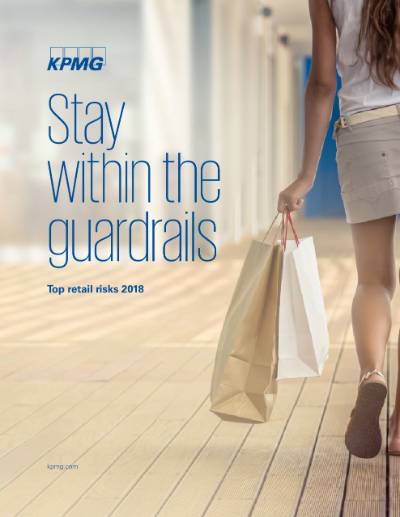Retail had its best holiday season in years in 2017. Consumers were active in all buying channels and the majority of retail subsectors saw significant growth.
So why is there so much uncertainty in the industry? Why is there a feeling that retailers are not in control of their own destiny? Why did 21 retailers declare bankruptcy in the United States in 2017?
Retail has undergone incredible disruption over the last 10 years. The industry has been transformed by the dramatic growth of platform companies, which have influenced legions of consumers, impacting how they shop and what they demand and expect from retailers.
While there is opportunity in retail, as the results from the last holiday season suggest, there remain significant risks that can impact both top-line growth and long-term viability. There is no universal formula for success in today's disruptive business environment. To compete, retailers must be creative, have an open mind, and take a more balanced approach to managing risk.
Each retailer is unique based on a number of factors -- strategic, operational, financial, data, risk/compliance, taloent, technology, and culture/reputation. We refer to these factors as "guardrails" because they line the path to business success -- remaining aware of the boundaries they set keeps you from veering off into dangerous terrain. They also change the dynamic around relevant risks in the retail space.
The guardrails are neither stand-alone nor static. Risks in retail, as in many industries, are heavily interconnected and rapidly evolving. To illustrate the inevitable overlap between these factors you will see accompanying each of the top 14 risks covered in this report a depiction of which guardrails are most pertinent.
Steve Woodward
Partner, Head of People, Sector Lead - Enterprise
KPMG in Bermuda
Connect with us
- Find office locations kpmg.findOfficeLocations
- kpmg.emailUs
- Social media @ KPMG kpmg.socialMedia


